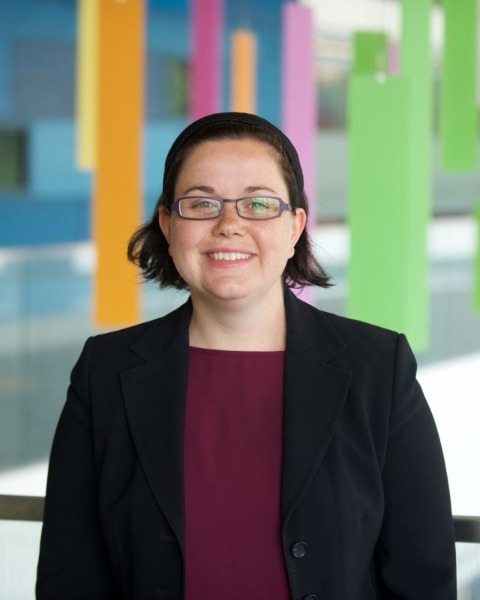General Pediatrics: All Areas
General Pediatrics 5
388 - ED Book Bank: Lessons Learned from Promoting Literacy in Covid
Publication Number: 388.314

Anya Kleinman, MD, IBCLC (she/her/hers)
Academic Pediatrician
Akron Children's Hospital
Cleveland, Ohio, United States
Presenting Author(s)
Background:
The Reach Out and Read (RoR) curriculum is a well-validated approach to literacy promotion in the primary care setting. To our knowledge, there has been no evaluation of it in the Emergency Department (ED) setting. We demonstrate the feasibility and lessons learned from such a program in our 18-month pilot.
We targeted populations with limited literacy education and also known to have greater ED utilization with fewer primary care visits. We introduced book-sharing into the ED medical encounter to promote family literacy and increase access to early childhood reading resources. We also enrolled into Ohio Governor’s Imagination Library (OGIL). Pediatric residents were involved when time with the ED Book Bank was incorporated into their advocacy rotation.
Throughout our pilot, we focused on children 0-5 years old given the evidence for the potency of early childhood interventions in driving academic success.
Objective:
1) Providing data on the 18-month literacy promotion pilot program
2) Discussing our best practices and lessons learned
Design/Methods:
Clinicians and child life specialists completed an hour-long RoR curriculum in order to incorporate book-sharing and literacy education into ED encounters. The number of books gifted and the types of books were tracked by month and location in two EDs. We have demonstrated successful implementation of the RoR curriculum in the ED. The program’s initial success was likely due to the initial momentum at the inauguration of the book bank and staff commitment. With increased patient volume in the ED, the number of books distributed dropped. This suggests the program would need dedicated staff and volunteers to maintain distribution of books with ED volume fluctuations. We also learned that books were often given without being recorded, so likely the data shown undercounts actual books distributed. This may be improved with a more formalized inventory system. Our advocacy-driven pilot project has suggested the feasibility of literacy promotion in a high-volume ED given adequate staffing and workflow support. To continue the program, dedicated staffing and budgeting would help maintain our program.
Results: Over 2,000 books have been gifted to children in 2021-2022. 1921 families have been informed about OGIL during their pediatric ED visits through our recruitment program. Forty-two residents completed the RoR training as a part of their advocacy rotation.
Conclusion(s): .jpg)
